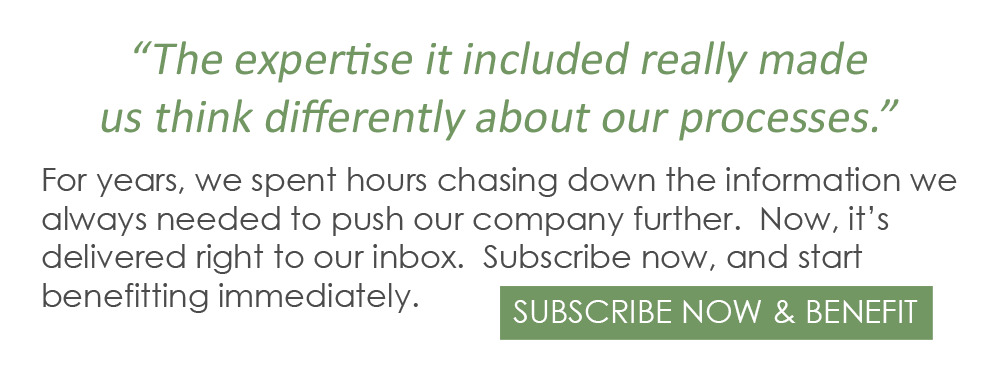
Property Management
How Investment Properties Benefit From Security Measures
Learn how evaluating your CRE investment property’s safety levels translate into higher tenant satisfaction, higher lease rates, and lower vacancy rates.
When tenants assess a space, they consider far more than location and amenities. Safety is a major consideration — and not just the obvious kind like security cameras and alarm systems. Layouts, lighting, and landscape design are a few elements that not only make properties feel safe, but offer genuine protection to tenants.
When safety initiatives are approached in a thoughtful and comprehensive way, it can not only drive demand for your properties but also offer a better return on investment. Prioritizing the right initiatives means considering your local market and figuring out the biggest risks posed to your tenants.
Safety Statistics: What Are The Most Important Risks?
While vandalism, theft, and violent crime are genuine concerns, site safety also means reducing fall risks or accidents that can result from inclement weather — like ice forming on outdoor stairs or snow falling over an entrance.
Whatever is called for in your area, proactive measures are highly effective at deterring and preventing accidents. For instance, a study from the University of North Carolina found that 83% of burglars check for alarms before breaking in and 60% will leave the premises if they find one. Given that tenants are already 2x as likely to experience theft as property owners, these preventative devices can have a major impact on a prospective renter’s decision.
When it comes to criminal risks, resources like the Crime Data Explorer can help you figure out what is most likely to impact your property. Local consultants who specialize in areas like accessible design can then help you take a more forward-thinking approach to preventing other types of incidents.


The Best Site Safety Initiatives to Invest In
Incorporating local insights into your development and property management strategies will help you reduce the risk of accidents — and your liability stemming from them. But what will make the greatest impact?
Well-Designed Lighting Systems
Four out of five people feel more unsafe when it is dark in public spaces, even in areas they visit during the daytime. When shopping for properties, people not only find it desirable, but 42% say it is “essential” in their decision-making process. That is because it does not just make people feel safer; the Department of Justice found it can decrease crime by as much as 21%.
Adding smart elements to your lighting system offers even more benefits. For instance, motion-sensor lighting can reduce energy use by up to 30% — ideal for areas with sporadic occupancy, like mailrooms and laundry facilities. And since over 40% of tenants are willing to pay more for sustainable features, that’s a win-win.
Integrated Emergency Systems
Integrating fire alarms, carbon monoxide detectors, automated door locks, and other security devices into a smart system can provide incredible peace of mind. For instance, a personal safety alarm on the parking garage wall can be set up to trigger nearby cameras, notify security guards, and contact emergency services.
Alarms and announcement systems can also be used as a courtesy to notify residents of impending environmental threats — like wildfires, tornadoes, or hurricanes — especially in areas prone to natural disasters. They can even be tied into lighting systems, helping to guide tenants to storm shelters, “safe areas” (like the basement), or nearby exits in the event of a power outage.


Surveillance Systems
While cameras are a natural deterrent for criminal activity, reducing the risk of theft by up 300%, their impact extends far beyond security. For example, footage can be used to resolve disputes, whether it is a tenant disagreement or an incident involving a service provider.
Surveillance systems can also be used to improve operations. For example, a camera system can help you more quickly identify a slip hazard in the laundry room or give you the chance to reinforce safety protocols when a tenant has started to misuse an emergency exit.
If integrated with an access control system, cameras can even offer enhanced security, ensuring that shared areas aren’t being utilized by unauthorized guests or that tenants are not violating lease agreements with sublets or roommates. Together, all of these elements make buildings safer for other tenants, and help you reduce liability as a developer or property manager.
Using Safety Initiatives to Drive Demand
Well-thought-out safety initiatives can positively impact market value and occupancy rates for your properties. The key is figuring out what would be most valuable to tenants in your area. Considering local crime statistics, the likelihood of severe weather events, and the needs and concerns of your target demographic will prove invaluable in attracting the right tenants — and keeping them happy for years to come.
To future-proof your investments, also weigh the advantages of implementing advancing technologies like smart-enabled sensors and automation, especially in areas where it can cut back on energy consumption to further offset the costs of your safety programs.






